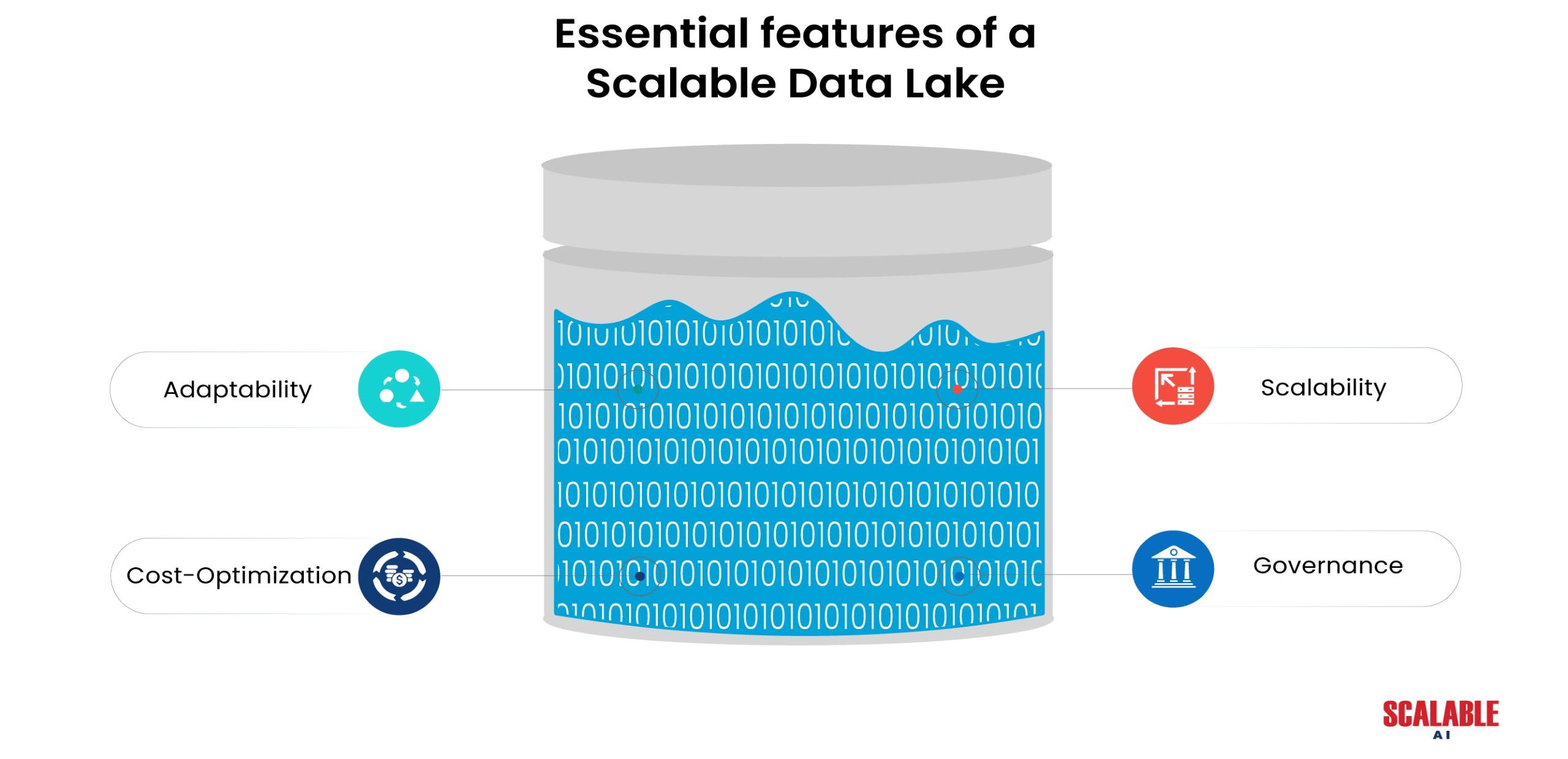Today Data governance is a must for the success of any organization. It involves establishing criteria for data quality, defining roles and duties, and ensuring that data is used in a way that aligns with the organization’s objectives and core values. Any organization’s ability to succeed depends on its data governance. If you oversee data management at your company, you know how critical it is to have a system in place to ensure the security, accuracy, and timeliness of your data. Data governance can assist you with this. Poor Data governance can lead to a plethora of problems.
Price of Poor Data Governance: A Costly Mistake
Security Breaches: If you don’t adequately safeguard your data, you expose yourself to a host of unpleasant surprises. Without proper data governance, you make it far too easy for hackers and cybercriminals to obtain the sensitive data they constantly seek.
Inconsistency or Conflicting Data: Consider attempting to base significant business judgments on scattered data. This approach not only annoys decision-makers but may also lead to expensive errors.
Loss in Credibility: If inaccurate or untrustworthy data exists, it can negatively impact your company’s reputation. If people cannot trust your data, they will not trust you.

Data Governance: Your Shield Against Chaos
Data governance is serious business, as you can see. Still, that doesn’t mean it can’t be enjoyable! Well, perhaps “fun” is a stretch, but there are undoubtedly methods to lessen the burden of data governance.
Clearly Define your Duties and Responsibilities
Ensure that everyone understands their responsibilities. Provide employees with the tools and training they need to perform their tasks effectively.
Specify the Rules and Guidelines
Establish explicit policies for the gathering, storing, and usage of data inside your company. By doing this, you can make sure that your data is handled consistently and that everyone is in agreement.
Ensure that the Quality of Data is Good
Make sure your data is accurate and comprehensive regularly. Establish procedures to address any problems you discover.
Dismantle the Data Silos
The enemy of every data governance initiative is data silos. You can gain a more comprehensive understanding of your organization’s operations by dismantling these silos and promoting cooperation and data exchange.
Conclusion
Naturally, it’s not always simple to put into practice a robust data governance program. Gaining support from stakeholders, handling opposition to change, and maintaining data quality are some of the difficulties you could encounter. But you can overcome these obstacles and design a data governance program that works for you if you take the appropriate strategy and are a little bit persistent. Therefore, don’t be scared to go in and tackle data governance head-first. Your organization and your data will appreciate it.
Read Whitepaper Data Lake Navigation: Unraveling Insights in the Sea of Information
